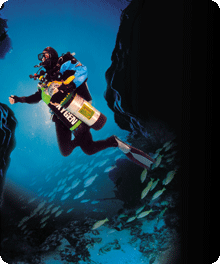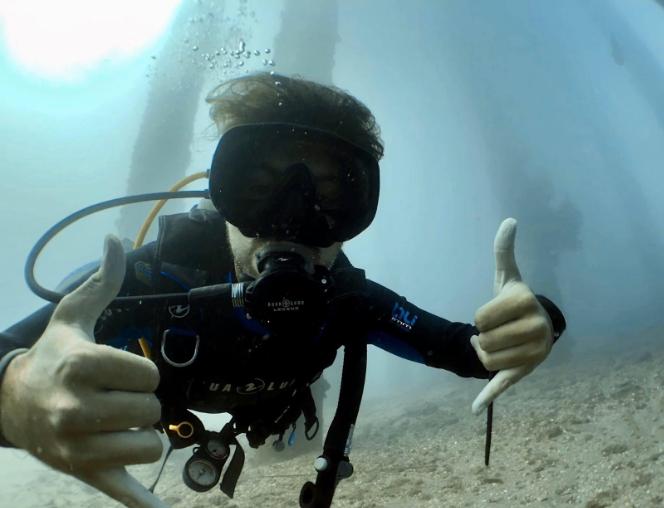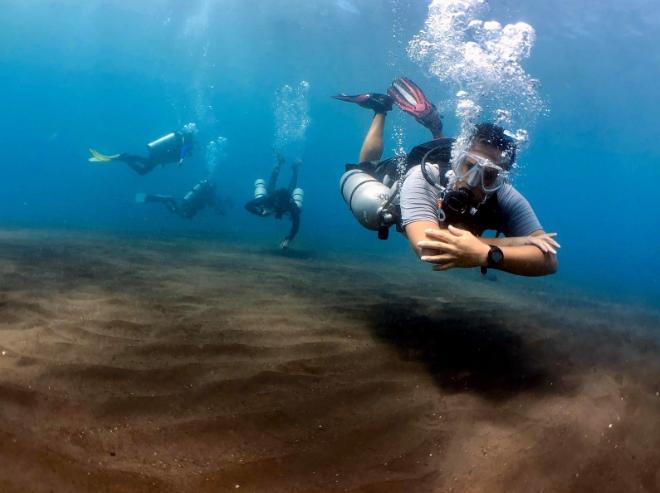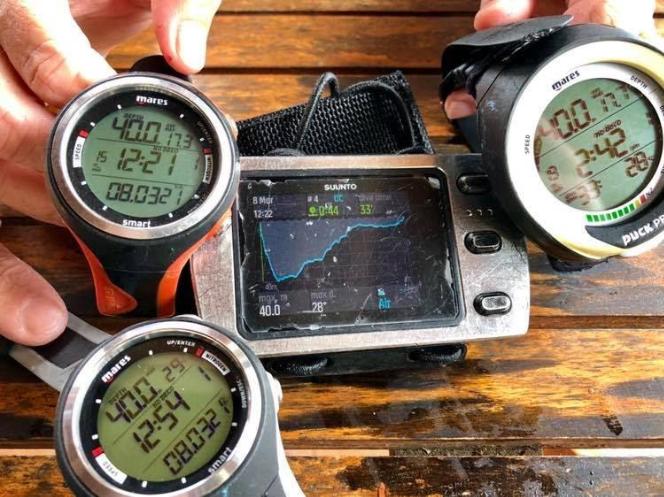Rescue of an Unconscious Diver Underwater
If a diver falls unconscious and the regulator falls out of his or her mouth, it should not be replaced because by manipulating the person’s airway, there will be a risk of water entering in. There is an exception though, if the dive was in a cave or under ice, then it will need to be purged first and then replaced. In the event that the regulator did not fall off them, it should be left in place and everything done to keep it there.

If the person is undergoing a seizure and is in the clonic phase with the muscles relaxing and contracting, and the regulator has fallen out of the person’s mouth, then you should do your best to get the person up to the surface as soon as possible. If the mouthpiece is still in place, then you need to keep it there and then seal the person’s lips around it until the seizure has passed. Then you can take the victim to the surface. All of this is done in order to prevent the person from inhaling water once the clonic phase is passed and the person begins to breathe deeply.
Taking the Person to the Surface
As the gas in the unconscious victim’s lungs begins to expand, it will look for an avenue of escape. That is why it is important to ensure that the victim’s head remains in a neutral position when the victim is unconscious. During the ascent, it is not recommended that you carry out any chest compressions. The primary focus should be on buoyancy control, keeping the mouthpiece of the regulator in place and properly positioning the victim’s head.
Procedures on the Surface
At the surface, you need to check if the person is still breathing. If not, you should deliver rescue breaths immediately. If the person is breathing not delivering the rescue breaths will likely not harm him, but if the person is not breathing, then not delivering the breaths could lead to plenty of harm.
Delivering rescue breaths to the victim when he or she is in deep water is endorsed, however, how efficient the breaths are will depend on the training of the rescuer as well as how often he or she practices their technique. In fact, evidence suggests that giving these rescue breaths underwater can help prevent a cardiac arrest.
Conclusion
Even though these recommendations have been made by the committee based on the evidence available, the successful execution of the same is dependent on the abilities and training of the rescuing diver. If the rescuer feels that the situation will cause him significant harm, then he or she is free to opt out of harm’s way.
Dive safely and risk management is what every diver should aim to do whether for recreational or professional. Consider a diving professoinal will definitely help one diver to earn more experience and knowledge in these areas. Sign up for PADI Divemaster course today and advance your dive skills today!



